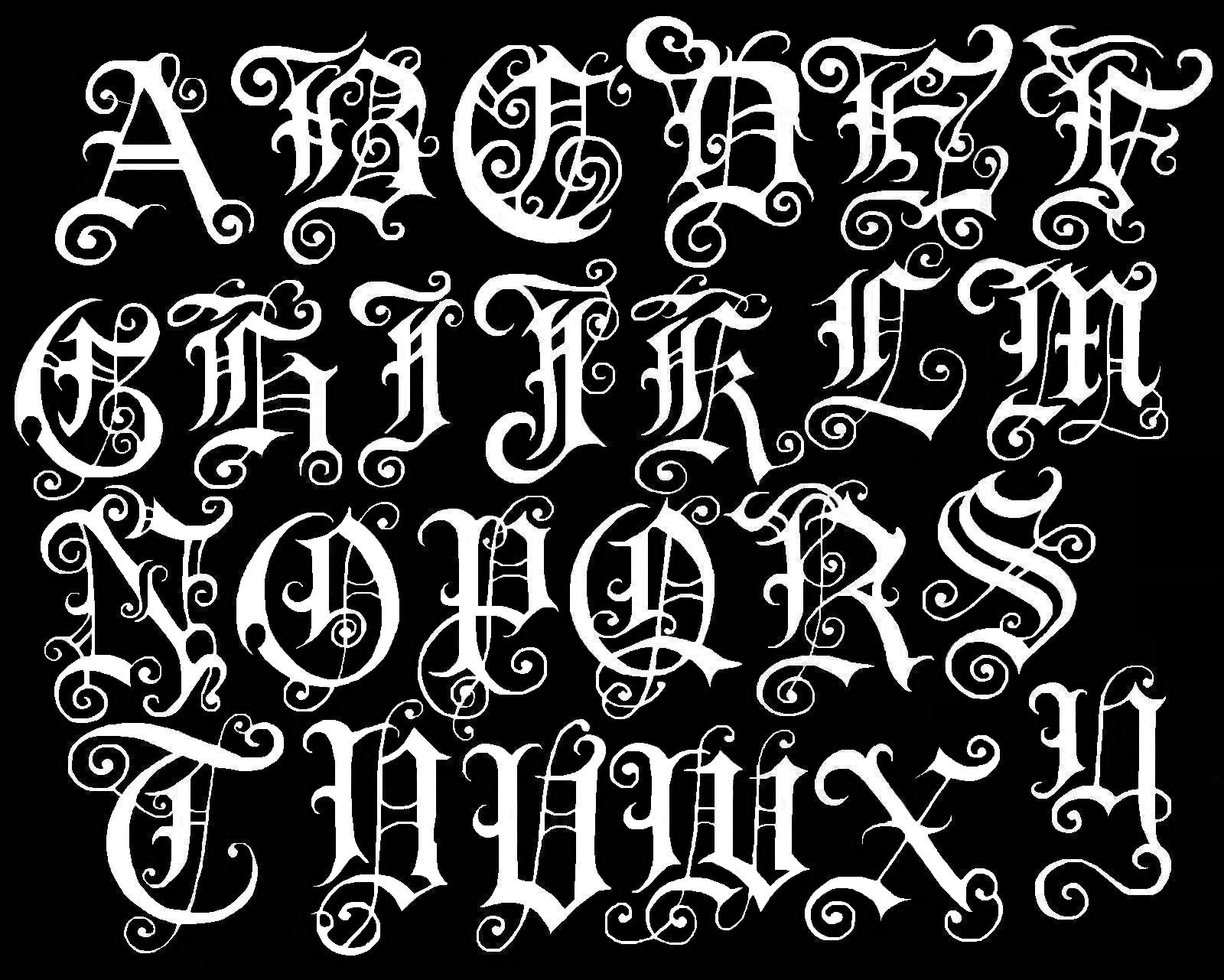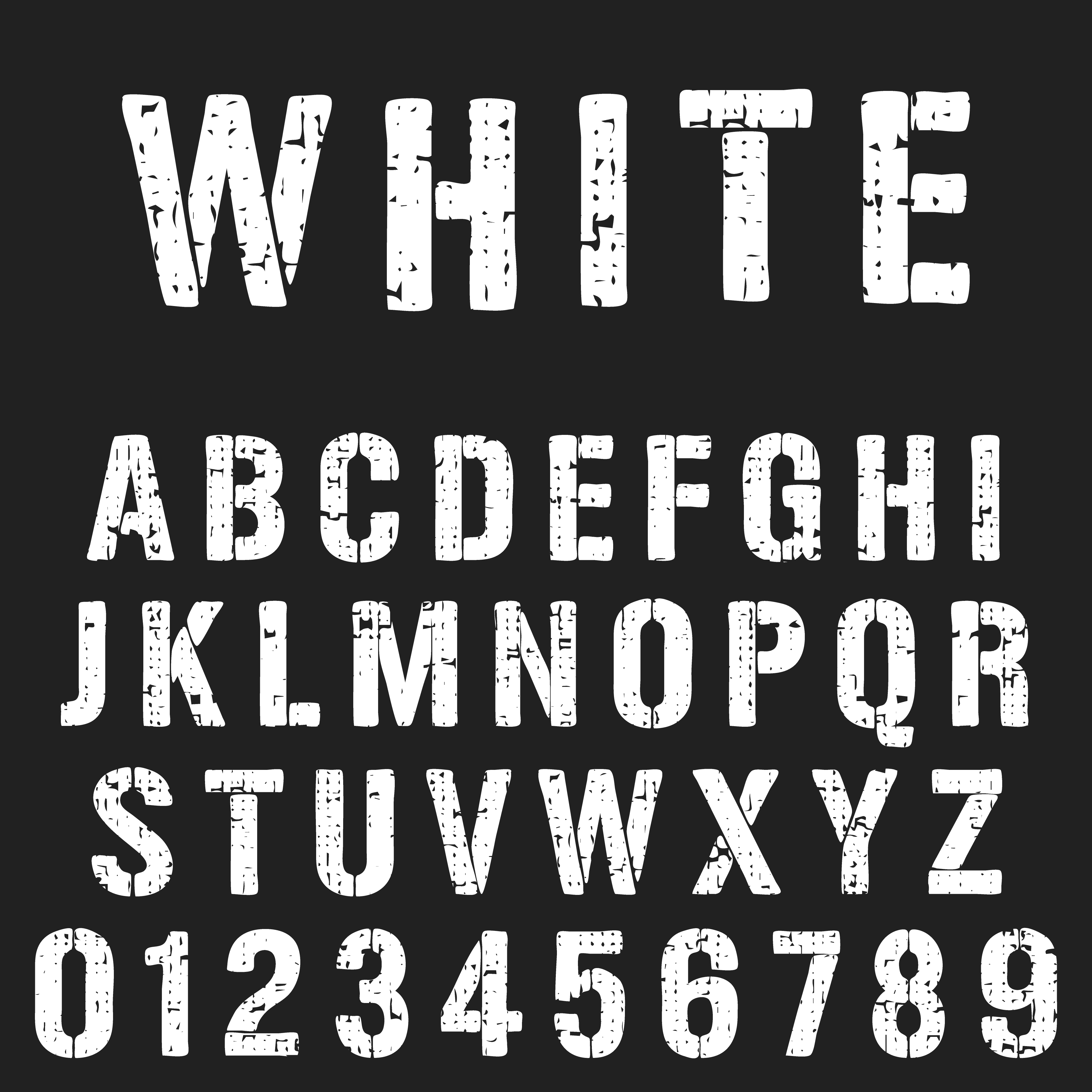

In the first few centuries of typeface evolution, it was quite easy to follow developments and updates, but the transition from the 19th to the 20th century was a revolutionary explosion of ideas and brought up many of the fonts we are still using nowadays. It is difficult to imperceptive changes in their weight, which is why many readers confuse them for sans serifs with heavy additions. The early 19th century brought slab serifs on the scene, a popular style for advertising and display which features heavy serifs with minimal bracketing, or no bracketing at all. The responsible developers were the Didone groups in France, while the first executor of the idea was Giambattista Bodoni from Italy. All letters are joined vertically, as the fonts appeared during the transition trend in the 18th century. Modern fonts are noticeable by their strong features, such as thick vertical strokes instead of the thin and vertical ones, end-to-end striking contrasts, and lack of rounded elements. Serifs there are slightly bracketed, while head serifs look oblique.

Transitional designs are recognizable by their curve stroke axis stressed vertically, and a more pronounced weight contrast. His transitional approach opened the door to neoclassical designs and wrapped up some of their best characteristics to improve printing method.īaskerville worked on the so-called calendared paper which pulled out finer strokes and characters that can be easily reproduced and maintained. This style was developed by John Baskerville, an English typographer, and printer who decided to deviate from old and traditional styles somewhere in the middle of the 18h century. Goudy Old Style and Garamond were created exactly in this way and triggered the entire era of upright letterforms and clean crossbars instead of Humanist designs which favored thick strokes. Typefaces are being more and more carved to obtain a printable form, and that inspired many typographers to experiment with them and to create their own fonts instead of using existing scripts.

This post is, in fact, a short overview of font classification of serif and sans serif solutions, and explains quite accurately how these types made it to the most-used list during the years. Alphabet Font ClassificationĪlphabet font classification depends on the era or specific features of each design and it can, therefore, help you narrow down the font choice to few most attractive options.ĭistinguishing types of fonts styles can have a huge influence on how you make design decisions, and help you discover the most suitable font for the purpose of your project. It is not exactly easy to learn typography, but what you can do at least is to familiarize with the history and types of alphabet typography styles in order to understand why the font fond is so large and how they were still made to look so different.


 0 kommentar(er)
0 kommentar(er)
